Reviewed by Corey Noles
Picture this: you're editing a document on your Pixel Tablet, and instead of fiddling with on-screen menus, you simply tap the touchpad with three fingers to launch Gemini. No phone-style compromises—just the kind of fluid interaction you'd expect from a proper laptop.
Quick takeaways:
Google is testing customizable three-finger touchpad gestures for Android 16, including middle-click and Gemini launch
Android 15 introduced tap dragging and enhanced mouse pointer customization
New desktop windowing features bring true multitasking to tablets with external display management
Why multi-finger gestures actually matter for productivity
Here's what Google discovered while building Android 16: the three-finger tap gesture desperately needed more options. Currently, most existing touchpad actions are already handled by three-finger swipes—left/right for navigation, up for home, up-and-hold for recent apps.
The new customization menu will let you assign the three-finger tap to perform a middle click, launch Gemini, go home, or view recent apps. While most of these duplicate existing gestures, the middle-click function addresses a real workflow bottleneck. Consider the typical web research scenario: instead of the long-press workarounds Android users currently endure to open links in new tabs, middle-click delivers the instant tab creation that desktop users take for granted.
This gesture evolution mirrors how desktop operating systems built gesture vocabularies over decades. macOS users expect three-finger drag for window movement, while Windows users rely on precision touchpad gestures for virtual desktop switching. Google's approach creates similar muscle memory patterns—three fingers consistently handle system-level navigation, while single and double-finger gestures manage content manipulation.
PRO TIP: The menu will appear under Settings > System > Touchpad & mouse once it's live, though it isn't available yet in the latest Android developer preview.
Desktop windowing brings real multitasking to tablets
Google's desktop windowing feature represents the biggest shift toward laptop-style productivity we've seen on Android. Available in developer preview on Pixel Tablet, it allows users to run multiple apps simultaneously with resizable windows and a fixed taskbar showing running apps.
The implementation feels surprisingly polished. You can press and hold the window handle at the top of the screen and drag it to enter desktop mode. Once activated, all future apps launch as desktop windows by default. Apps with locked orientation become freely resizable, something that would have been unthinkable in phone-first Android.
After weeks of testing this feature, I've found it transforms how you think about Android tablets. The experience becomes less about "mobile apps on a bigger screen" and more about choosing the right window size for each task. Email gets a narrow column on the left, web browsing takes up the center two-thirds, and a calculator or notes app lives in a small window on the right.
Here's the kicker: desktop windowing makes touchpad gestures essential rather than optional. Users are more likely to use external keyboards, mice, and trackpads when managing multiple windows, and that three-finger tap to launch Gemini becomes invaluable when you need quick AI assistance without disrupting your window arrangement.
Getting your apps ready for the gesture revolution
The shift toward desktop-style interactions creates new expectations for app developers, particularly around input method sophistication. Android's MotionEvent API already supports impressive input detection, including stylus pressure, orientation, tilt, hover, and palm detection.
For touchpad interactions specifically, the system provides ACTIONHOVERMOVE, ACTIONHOVERENTER, and ACTIONHOVEREXIT events that let apps create rich hover experiences. But here's what developers are discovering: implementing these features properly requires rethinking fundamental UX assumptions.
Take the challenge of hover states on Android. Unlike traditional desktop apps where users expect hover feedback, mobile apps trained users to expect immediate touch responses. Google recommends implementing hover states and keyboard focus to improve experiences for keyboard, mouse, trackpad, and stylus users, but developers must balance this with touch-first design principles.
The accessibility improvements in Android 15 demonstrate Google's commitment to desktop feature parity. New sticky keys, slow keys, and bounce keys settings bring Android closer to Windows and macOS accessibility standards. For gesture-heavy workflows, these features become crucial for users who need modified input methods to navigate three-finger taps and complex window management.
What happens when Android becomes the universal desktop OS?
Google's external display management features reveal the ultimate destination for this touchpad gesture expansion. The company is testing the ability to rearrange displays, seamlessly move the mouse between displays, and toggle between mirroring and extending the display for Android 16.
This isn't just about improving tablet productivity—it's positioning Android as a legitimate desktop replacement. Google wants to push Android as its unified desktop OS, transitioning Chrome OS to an Android base. Your three-finger tap gestures need to work consistently whether you're using the tablet screen, an external monitor, or moving between both displays.
The performance implications are already impressive. One developer reduced their inking latency by 5x using Android's low-latency graphics libraries, while Diablo Immortal saw significantly increased engagement across all aspects of the game by users who play on multiple devices. These aren't just incremental improvements—they represent the foundation for desktop-class computing experiences on Android hardware.
The timeline for Chrome OS integration remains unclear, but Google's investment in desktop windowing, external display management, and sophisticated input method support suggests this convergence is accelerating rather than theoretical.
The bigger picture: why this matters for your next tablet purchase
Looking toward your next tablet purchase, prioritize models that support the input methods Google is standardizing. The mouse pointer received a makeover in Android 14 Beta 3 with a more playful paper airplane shape and rounded corners that fit better with larger touch targets. Android 15 QPR1 now lets you customize the pointer's fill style, stroke style, and scale.
More significantly, Google introduced touchpad gestures for navigation in Android 14 and is now adding proper tutorials with custom animations to help users learn them. This educational investment signals that gesture-based productivity is becoming standard rather than experimental.
Here's what to look for in your next Android tablet:
Gesture-enabled touchpad compatibility for accessories that support three-finger taps and multi-finger navigation
External display support with extending capability rather than just mirroring
Desktop windowing readiness through Android 15 QPR1 compatibility or newer
High-refresh external display output for responsive multi-window workflows
The tablets that embrace these input methods today will define productivity experiences for the next generation of Android computing. Google's commitment to desktop windowing, sophisticated gesture support, and external display management means we're witnessing Android's evolution from mobile OS to universal computing platform—and your touchpad gestures are leading the way.








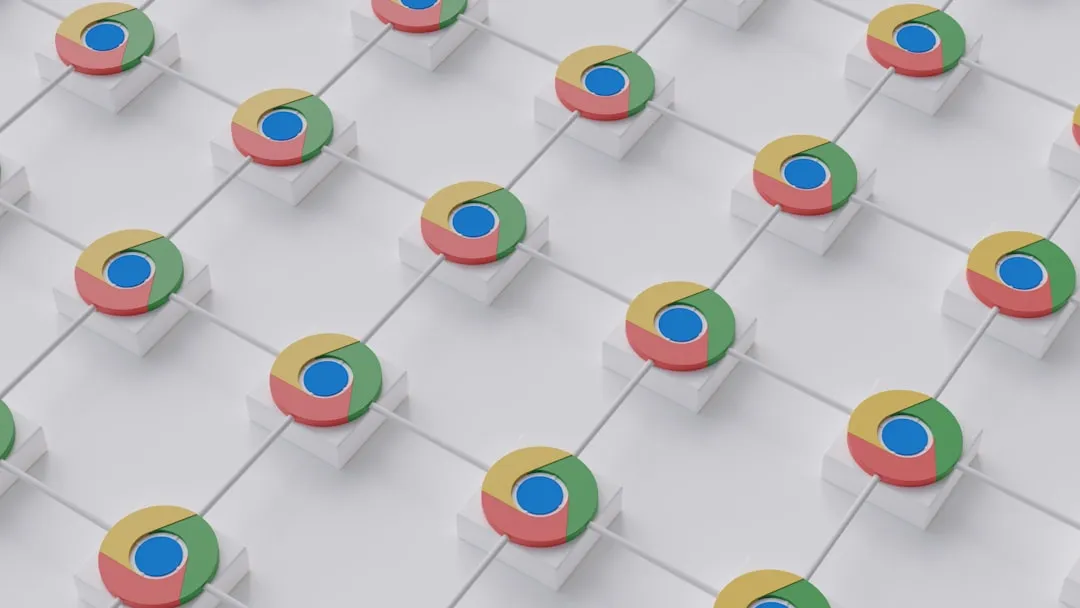
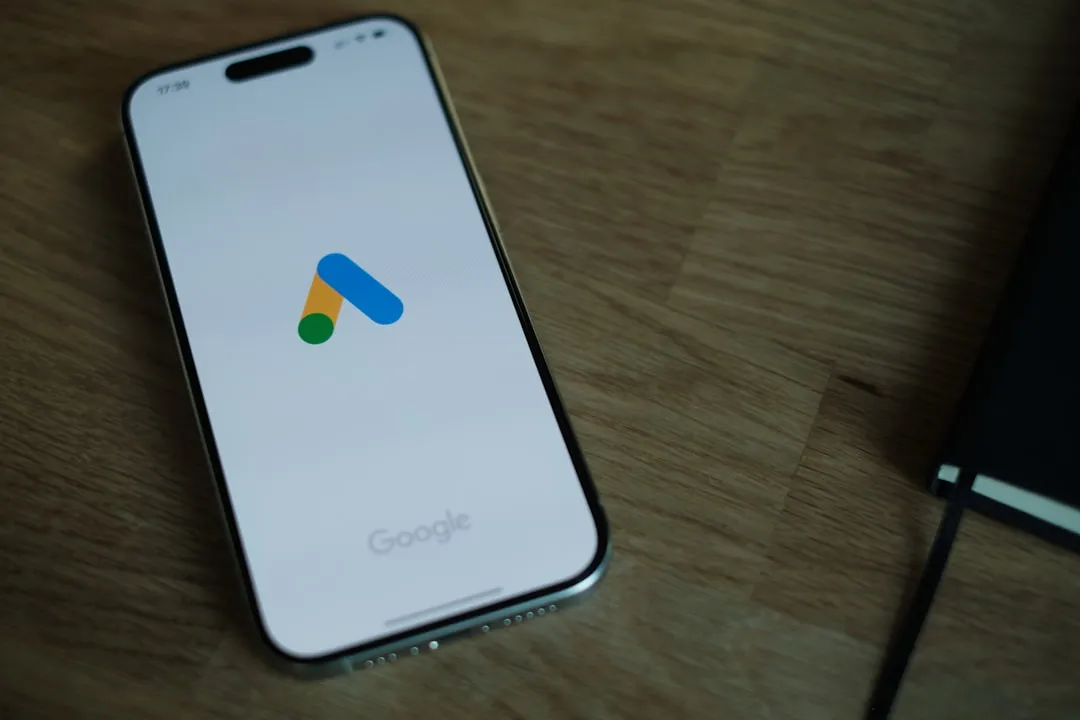

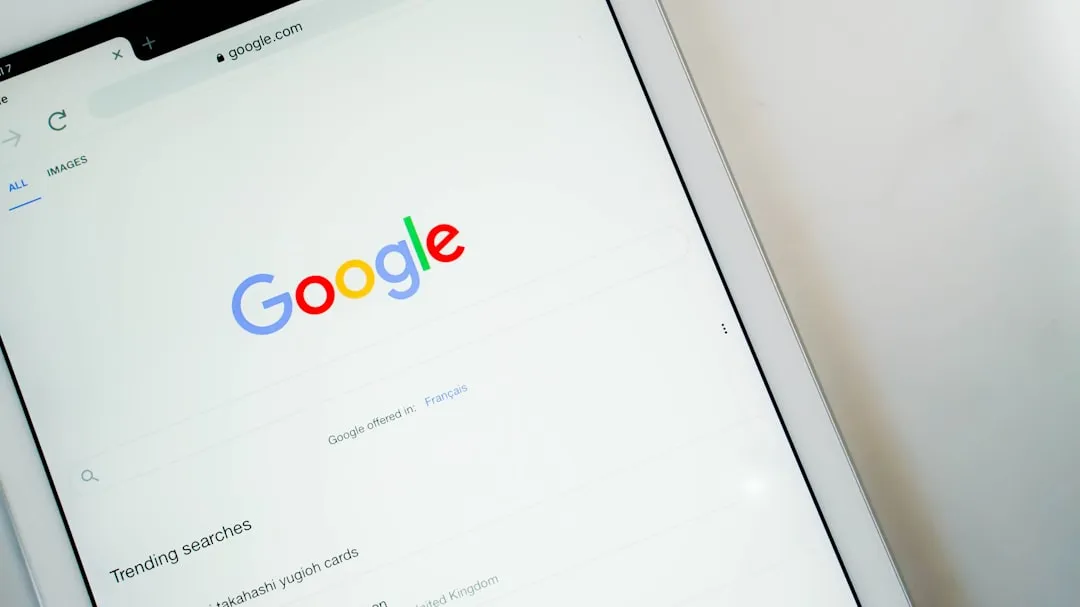

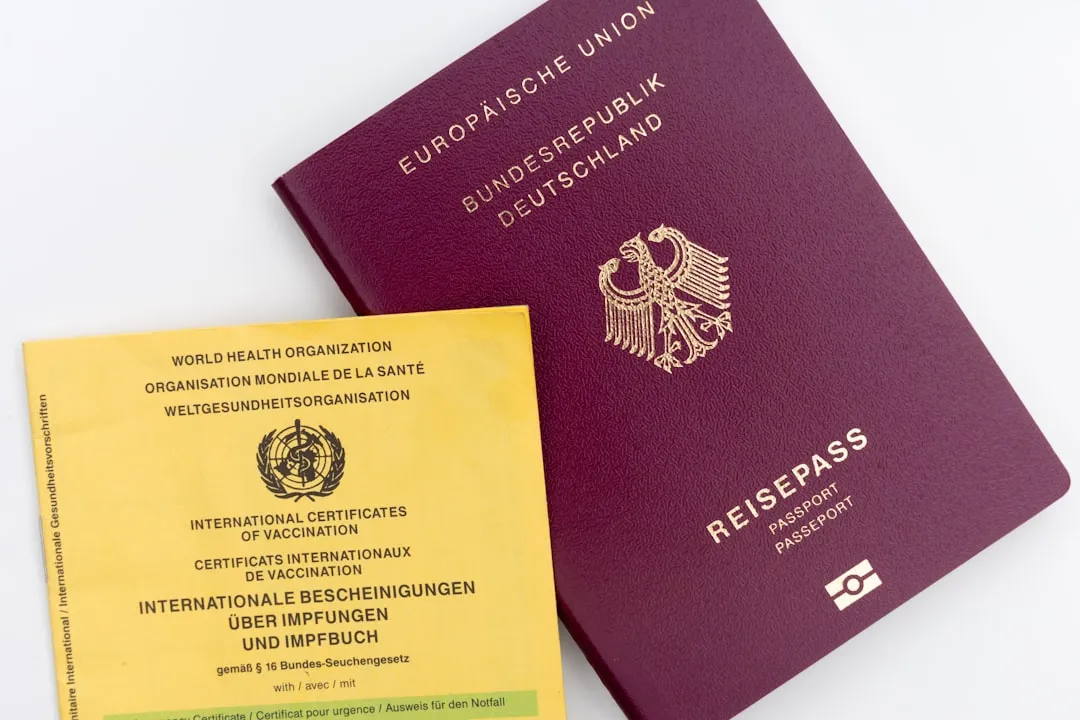
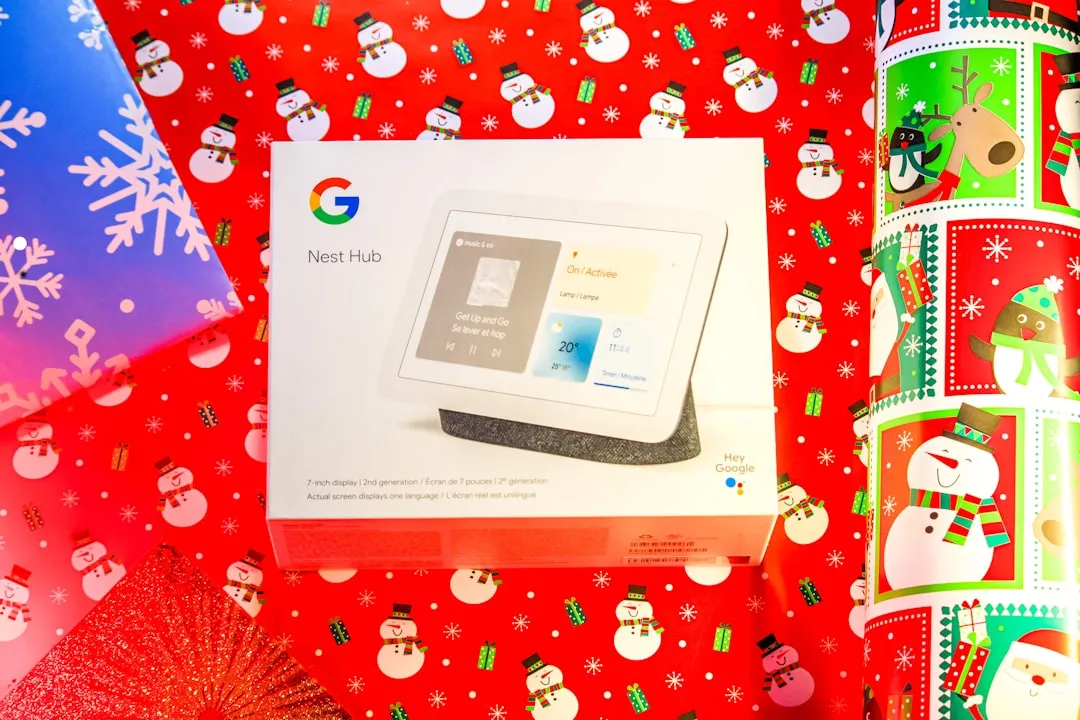


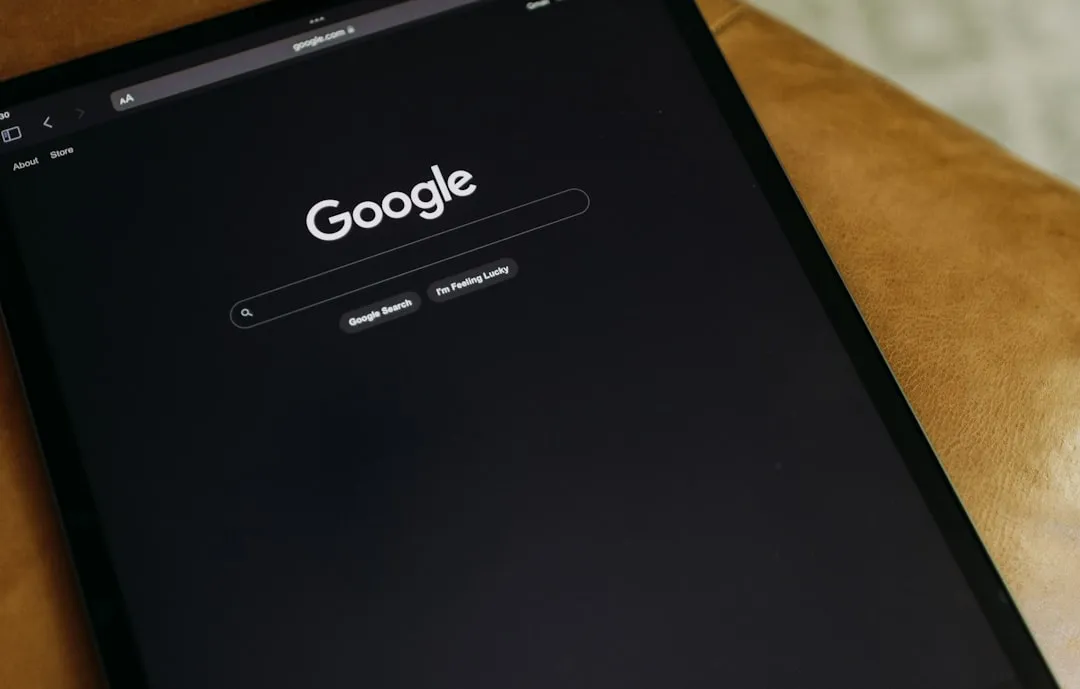
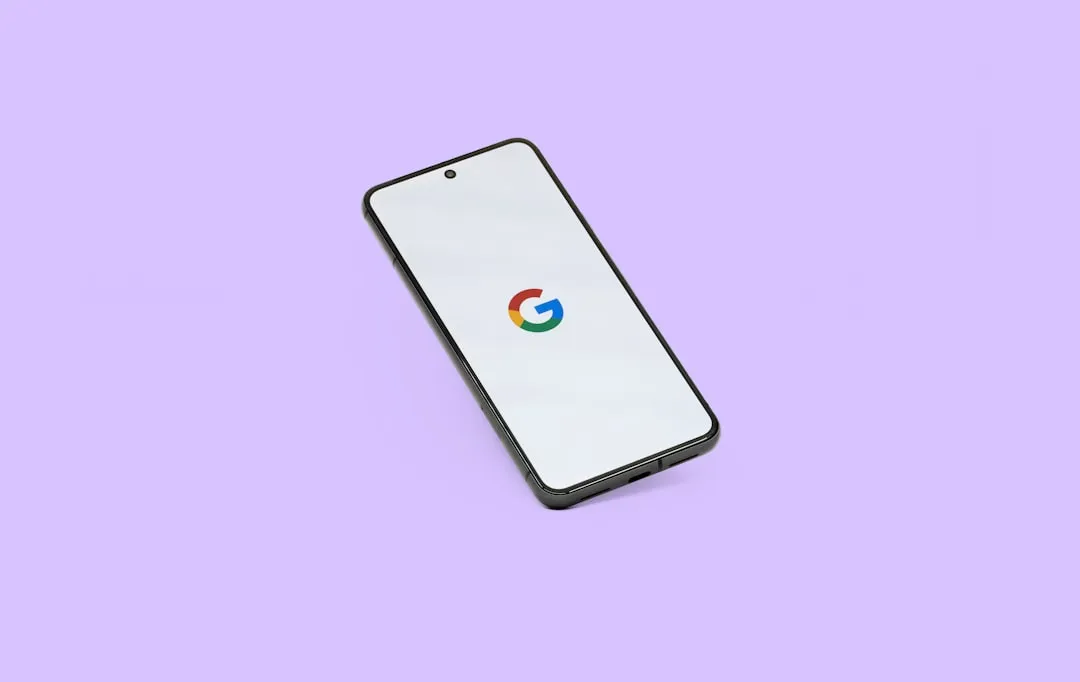
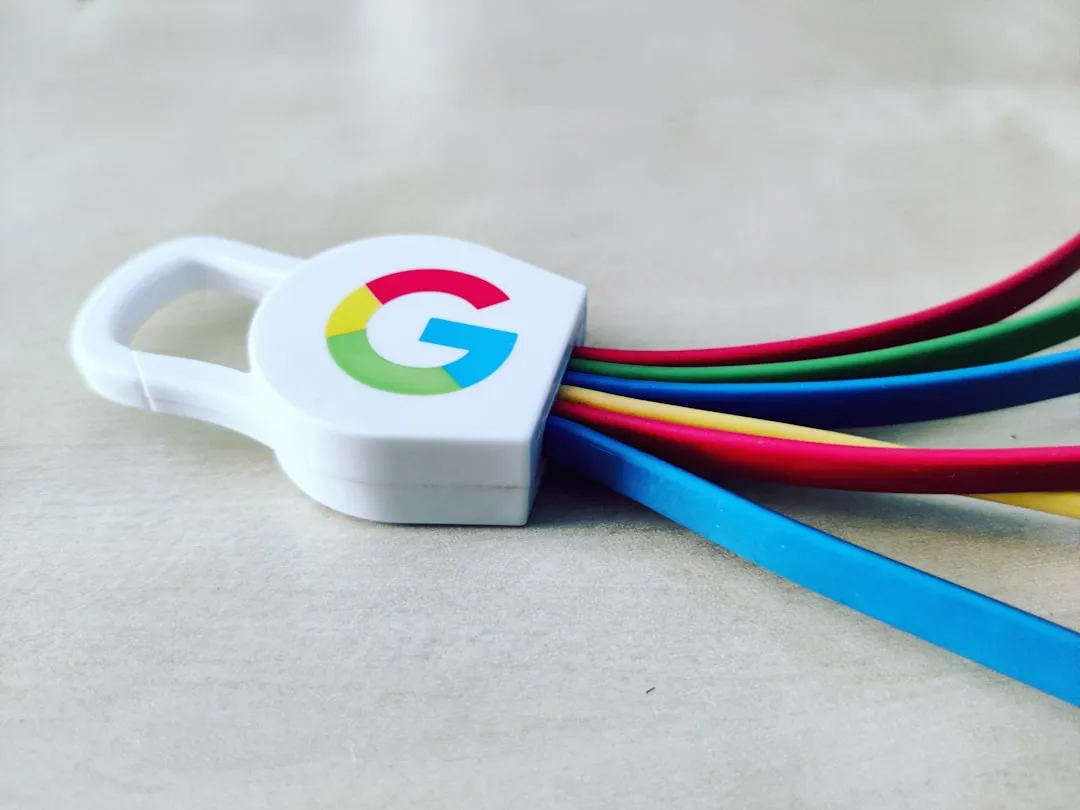
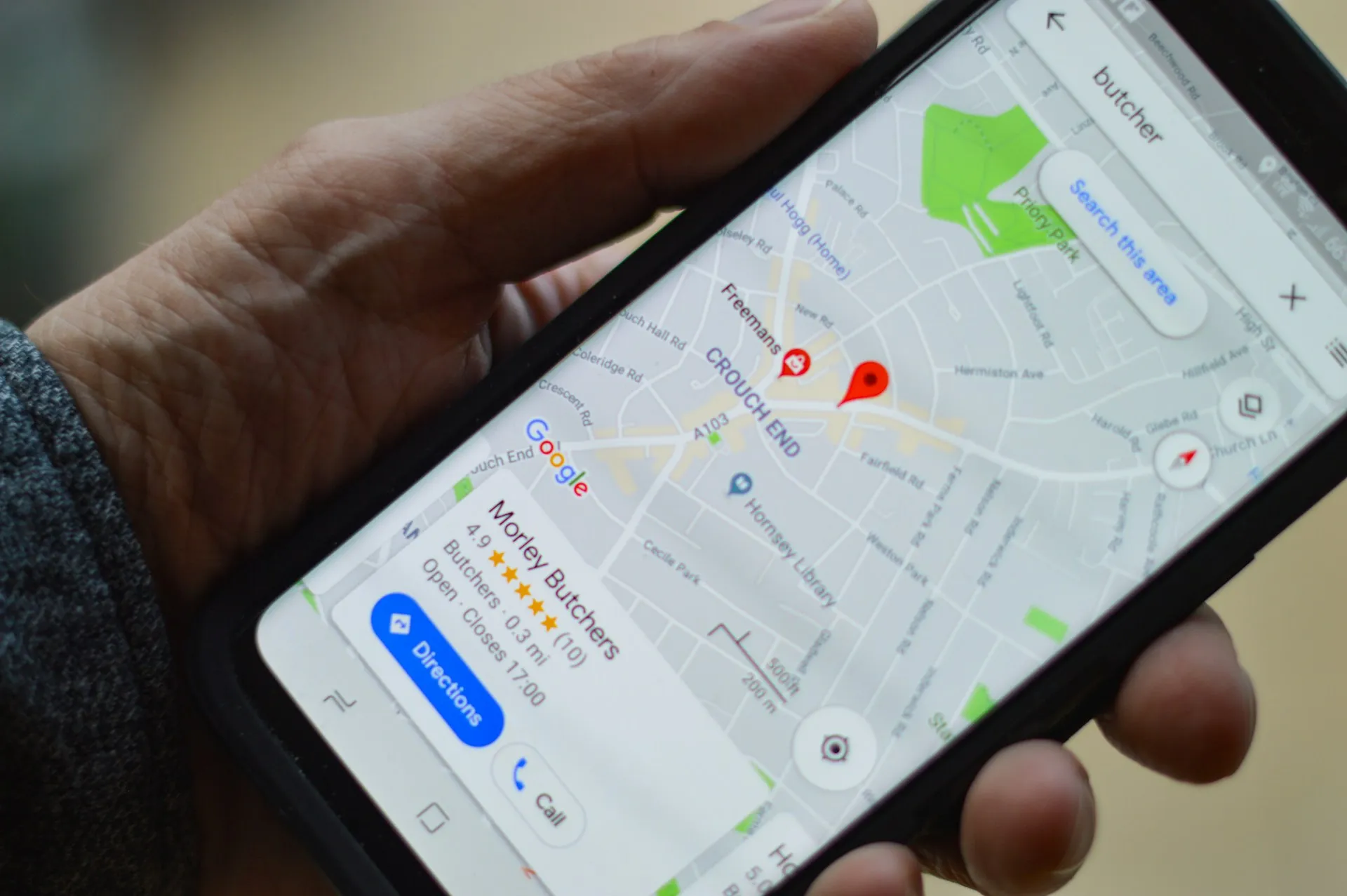
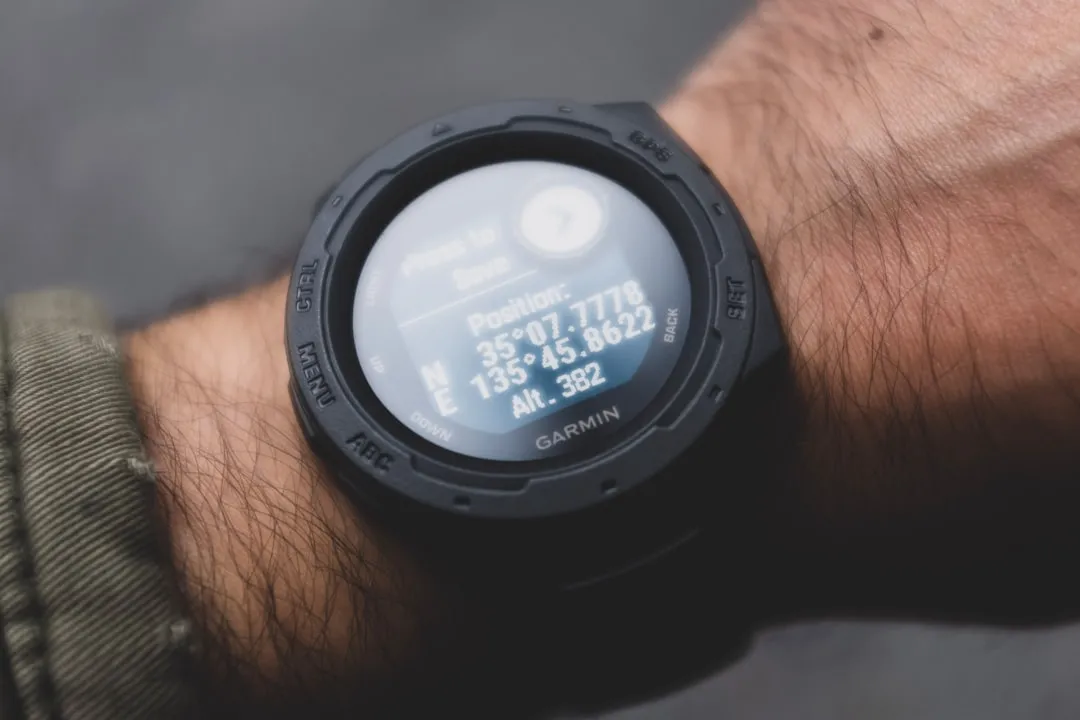

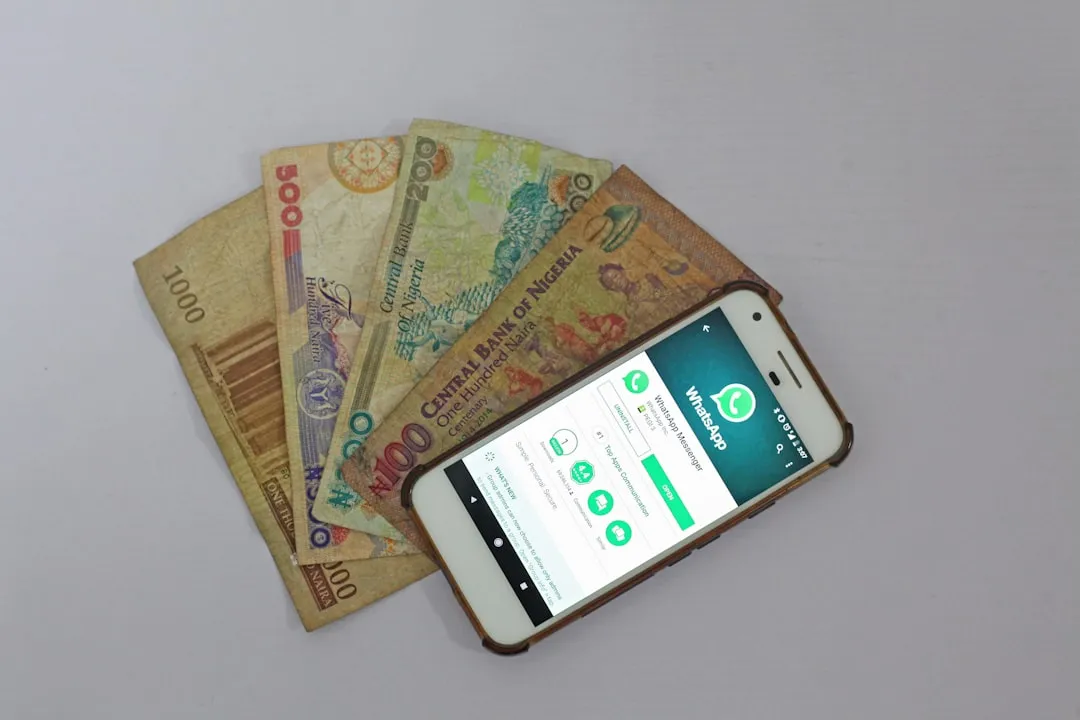
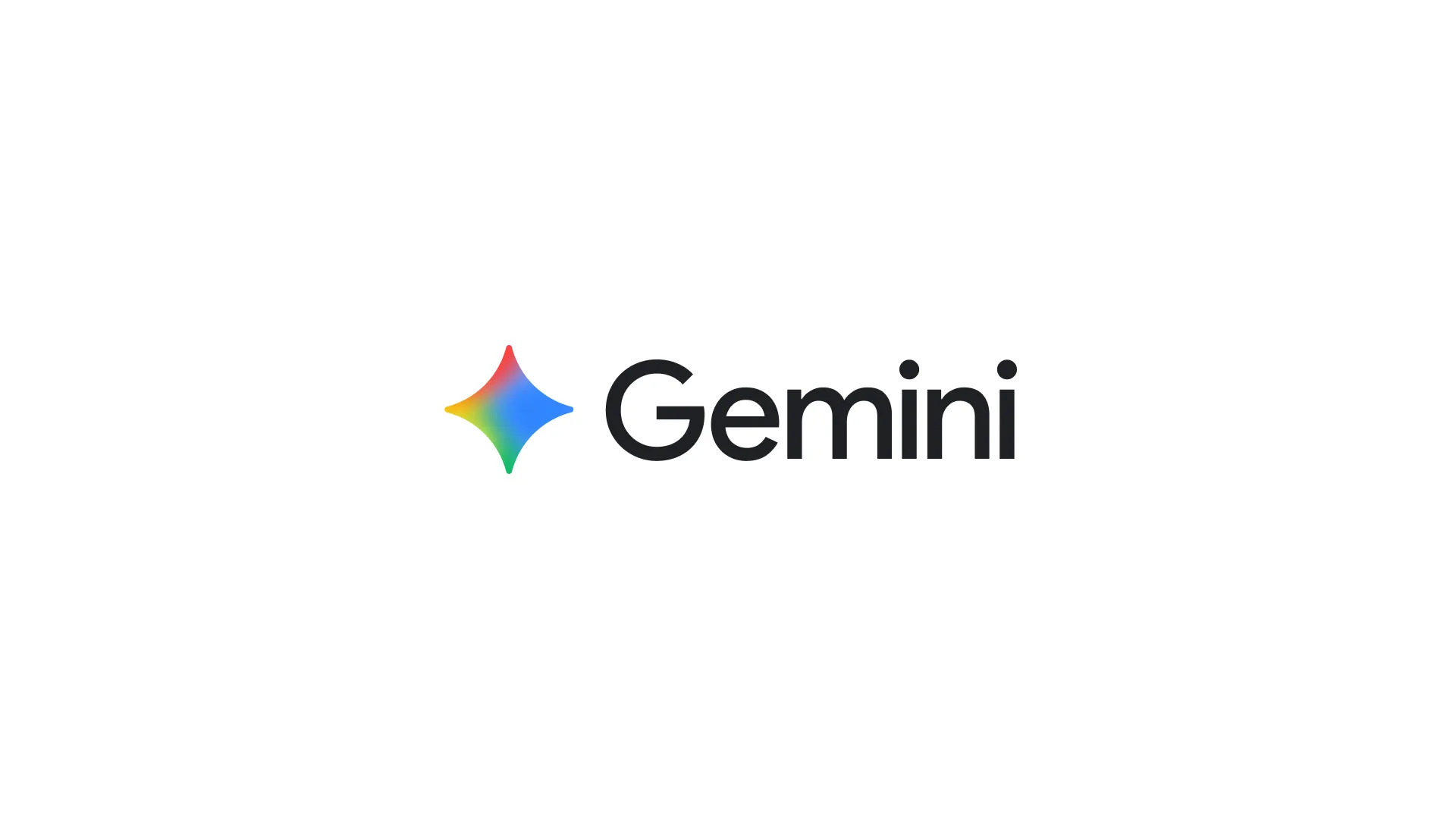
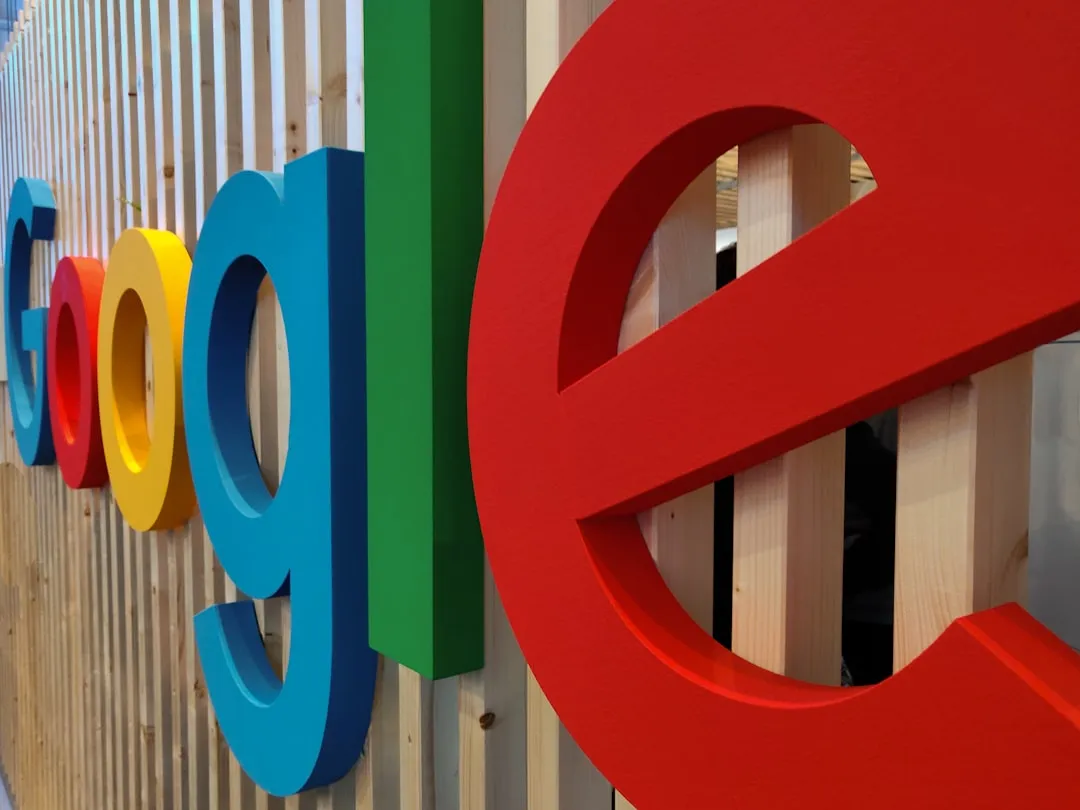
Comments
Be the first, drop a comment!